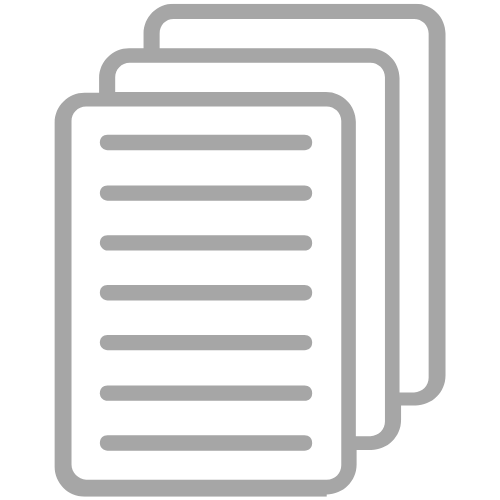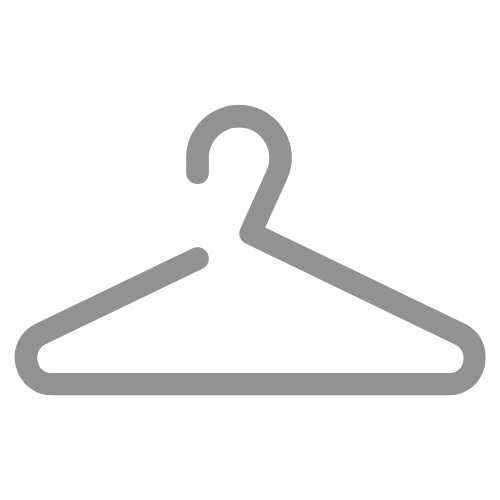There are few things worse than having to work while sick. Fortunately, in most jobs, you technically don’t have to! All you have to do is write a sick day email and request a day off.
But don’t worry if you’re not exactly sure how to write a sick day email, what to include in it, or when to send it. Because that’s what I’m going show you how to do in this post.
We’ll also look at an easy to use sick day email template that you can pretty much copy and paste. And, just in case you can’t bear to miss work even when you’re sick, I’ll also provide some other options to work while you get better.
Let’s get started with a brief overview of what counts as a sick day email.
What Is A Sick Day Email
A sick day email is a short, formal email you send to your boss or supervisor to let them know you won’t be able to come to work due to an illness.
In general, it’s an appropriate alternative to calling in sick by phone. But not all companies are the same. So, you may want to check with HR or your employee handbook to be 100% sure if a sick day email works for you.
When Should You Send A Sick Day Email
It’s best to send your sick day email ASAP. That way your manager, team, and/or clients have time to reschedule meetings or plan the workday around your absence. So, if possible, send the email the night before or at least two hours before your workday is set to start.
Of course, you may realize you're too sick to go to work with less time available to you than that. In which case, the same idea applies: do it as soon as possible!
What To Include In Your Email
There’s no need to overcomplicate your sick day email or go into too much detail. It’s better to be concise and to the point.
Here’s what to include:
- A straightforward subject line
- A simple greeting to your manager
- One clear sentence stating you need to take the day off due to illness
- Whether you’ll be taking paid leave, unpaid leave or working from home
- How many days you expect to be absent from work
- How/if you’ll be able available for contact throughout the day (e.g. email, phone, Slack, Zoom)
- Status update on any projects with upcoming deadlines
- Who on your team your manager can turn to if any questions about your projects come up during your absence
- A “thank you” to your manager for understanding
- Your email sign off
Depending on your company policy, you may also need to provide an official note from a doctor. Again, to be sure, check with HR or your employee handbook.
Sample Sick Day Email Template
Sick day emails are standard procedure. So, there’s no need to craft something special when preparing the email to send to your boss. Instead, just use some variation of one of these templates:
Sick Day Email Example #1
Email Subject: [Your Name] – Sick Day
Hi [Name of Your Manager],
I unfortunately feel very sick and will need to take paid sick leave [tomorrow/today]. I expect that I’ll be okay to return on [date]. In the meantime, I will be available by email in case anything needing my immediate attention comes up.
If you have questions regarding [projects] during my absence, please reach out to [name of colleague]. I have also informed her of my absence and briefed her on how to keep things running smoothly until I return.
Thank you for understanding!
Best,
[Your Name]
Sick Day Email Example #2
Email Subject: [Your Name] – Sick Day
Hi [Name of Your Manager],
Unfortunately, I woke up feeling ill and think it’s best if I stay home from work today to avoid getting anyone else sick.
However, after getting a bit more rest, I’m still planning to work from home on my current projects. I’ll also be available by email or phone to respond to any questions you or anyone on the team may have.
If you have questions regarding any of the projects my team is working on during my absence, please reach out to [name of colleague]. I have also informed him of my absence and briefed him on how to keep things running smoothly until I return tomorrow.
Thank you for understanding!
Best,
[Your Name]
What Other Options Do You Have To Work With
According to a recent study, a staggering 90% of participants have gone to work while sick. Why is that?
Well, the participants of the study stated:
- They had too much work to do (54%)
- They didn’t want to use a sick day (40%)
- They had pressure from their employer (34%)
Any of these sound familiar? They’re all common excuses. But in the long run, going to work while sick can result in you prolonging your illness, making careless mistakes, and getting your coworkers sick too. So, if you can, stay home.
But let’s say you’ve woken up mildly sick on a day you absolutely cannot miss. What should you do? Well, you can:
- Request a day to work a full or half-day from home, in which you keep working on your projects, stay in the loop on communication via emails, Slack, Zoom, etc.
- Request a day to work a full or half-day from home in which you keep working on your projects but leave full communication with your team for when you’re feeling better.
These options work if you’re feeling slightly under the weather but still having the energy and focus to get things done.
But, if you’re really feeling drained from being sick, you’re better off just taking the time to rest, disconnect, and then coming back strong in a day or two. In which case, use one of those sample templates I shared to quickly write your sick day email, slide back into bed, and do what you need to do to get well soon!



























